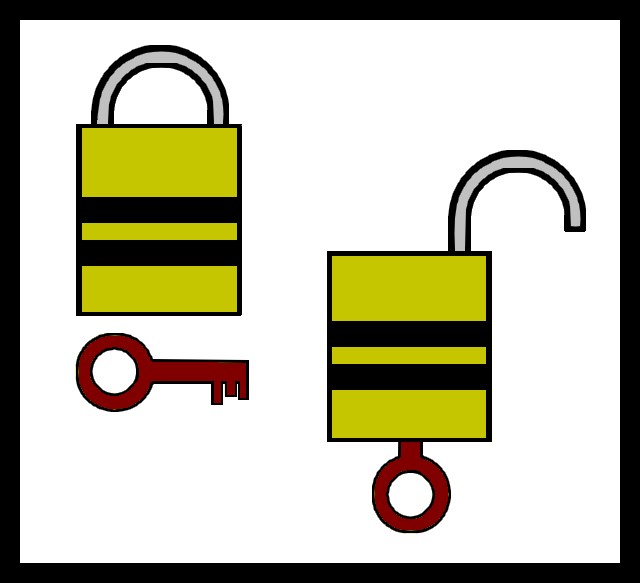

YqKiunV2AXI6liAf7MwuZcZeFPZfHTTW7N/j+FQBgAECgYEA4dFjib9u/3rkT2Vxīu2ByBpItfs1b4PdSiKehlS9wDZxa72dRt/RSYEyVFBUlYrKXP2nCdl8yMap6SA9īfe51F5oWhml9YJn/LF/z1ArMs/tuUyupY7l9j66XzPQmUbIZSEyNEQQ09ZYdIvKĤlbySJbCqa2TQNPIOSZS2o7XNG0CgYEAyuFVybOkVGtfw89MyA1TnVMcQGusXtgo VWdwF60b3RyDz7j7foyP3PC0+3fee4KFdJzt+/1oePf3kwBz8PQq3cuoOF1+0Fzf SPJF63ljJ8yHST7dE0I07V87FKTE2SN0WX9kptPLLBDwzS1X6Z9YyNKPIEnRQzzE UKhxxXUDmGaW1838uA0HJu/i1226Vd/cBCXgZMx1OBADXGoPl6o3qznnxiFbweWVĮx0MN4LloRITtZ9CoQZ/jPQ8U4mS1r79HeP2KTzhjswRc8Tn1t1zYq1zI+eiGLX/ K4xhyqYNAgMBAAECggEBALJCVQAKagOQGCczNTlRHk9MIbpDy7cr8KUQYNThcZCs

Kt3HBQN0hosRfqkVSRTvkpK4RD8TaW5PrVDe1r2Q5ab37TO+Ls4xxt16QlPubNxWĮH3dHVzXdmFAItuH0DuyLyMoW1oxZ6+NrKu+pAAERxM303gejFzKDqXid5m1EOTv L4v4ftZ24VJYvkQ/Nt6vsLab3iSWtJXqrRsBythCcbAU6W95OGxjbTSFFtp0poqMĬPuogocMR7QhjY9JGG3fcnJ7nYDCGRHD4zfG5Af/tHwvJ2ew0WTYoemvlfZIG/jZħfsuOQSyUpJoxGAlb6/QpnfSmJjxCx0VEoppWDn8CO3VhOgzVhWx0dcne+ZcU圓K MIIEvgIBADANBgkqhkiG9w0BAQEFAASCBKgwggSkAgEAAoIBAQCy9f0/nwkXESzk It is described in RFC 7468 ("Textual Encodings of PKIX, PKCS, and CMS Structures").Īn example private key in PEM format is the following As the name suggests, this format was initially created for e-mail encryption but later became a general format to store cryptographic data like keys and certificates. Nowadays the most widely accepted storage format is called PEM (Privacy-enhanced Electronic Mail). Let's start the discussion about key pairs with the format used to store them. The key has been obviously trashed after I wrote the article.
#Openssh rsa how to
Sometimes it is pretty easy to find out how to do something (StackOverflow helps), but less easy to get a clear picture of what is going on.Īll the examples shown in this post use a 2048-bits RSA key created for this purpose, so all the numbers you see come from a real example. Applied cryptography is, like many other topics in computer science, a moving target, and the tools change often. In this article I will instead explore two ways to create RSA key pairs and the formats used to store them. The theory behind it is not trivial, but it is definitely worth the time if you want to be serious about the mathematical part of cryptography. If you are interested in the gory details of the mathematical framework you may find plenty of resources both on Internet and in the textbooks. I will not cover the internals of the RSA algorithm in this article, however.

In particular it is the standard algorithm used to generate SSH key pairs, and since nowadays every developer has their public key on GitHub, BitBucket, or similar systems, we may arguably say that RSA is pretty ubiquitous.

Keeping in mind that RSA is not a synonym for public-key cryptography but only one of the possible implementations, I wanted to write a post on it because it is still, more than 40 years after its publication, one of the most widespread algorithms. The story of RSA is quite interesting, as it was first invented by an English mathematician, Clifford Cocks, who was however forced to keep it secret by the British intelligence office he was working for. One of the first ones is RSA, the creation of three brilliant cryptographers, that dates back to 1977. Since the invention of public-key cryptography, various systems have been devised to create the key pair. I believe that a minimum level of knowledge regarding the various formats of RSA keys is mandatory for every developer nowadays, not to mention the importance of understanding them deeply if you want to pursue a career in the infrastructure management world. You diligently followed the documentation on how to create SSH keys and after a couple of minutes your setup was complete.ĭo you know what the file ~/.ssh/id_rsa really contains? Why did ssh create two files with such a different format? Did you notice that one file begins with ssh-rsa, while the other begins with -BEGIN RSA PRIVATE KEY-? Have you noticed that sometimes the header of the second file misses the RSA part and just says BEGIN PRIVATE KEY?
#Openssh rsa password
I bet you created at least once an RSA key pair, usually because you needed to connect to GitHub and you wanted to avoid typing your password every time.


 0 kommentar(er)
0 kommentar(er)
